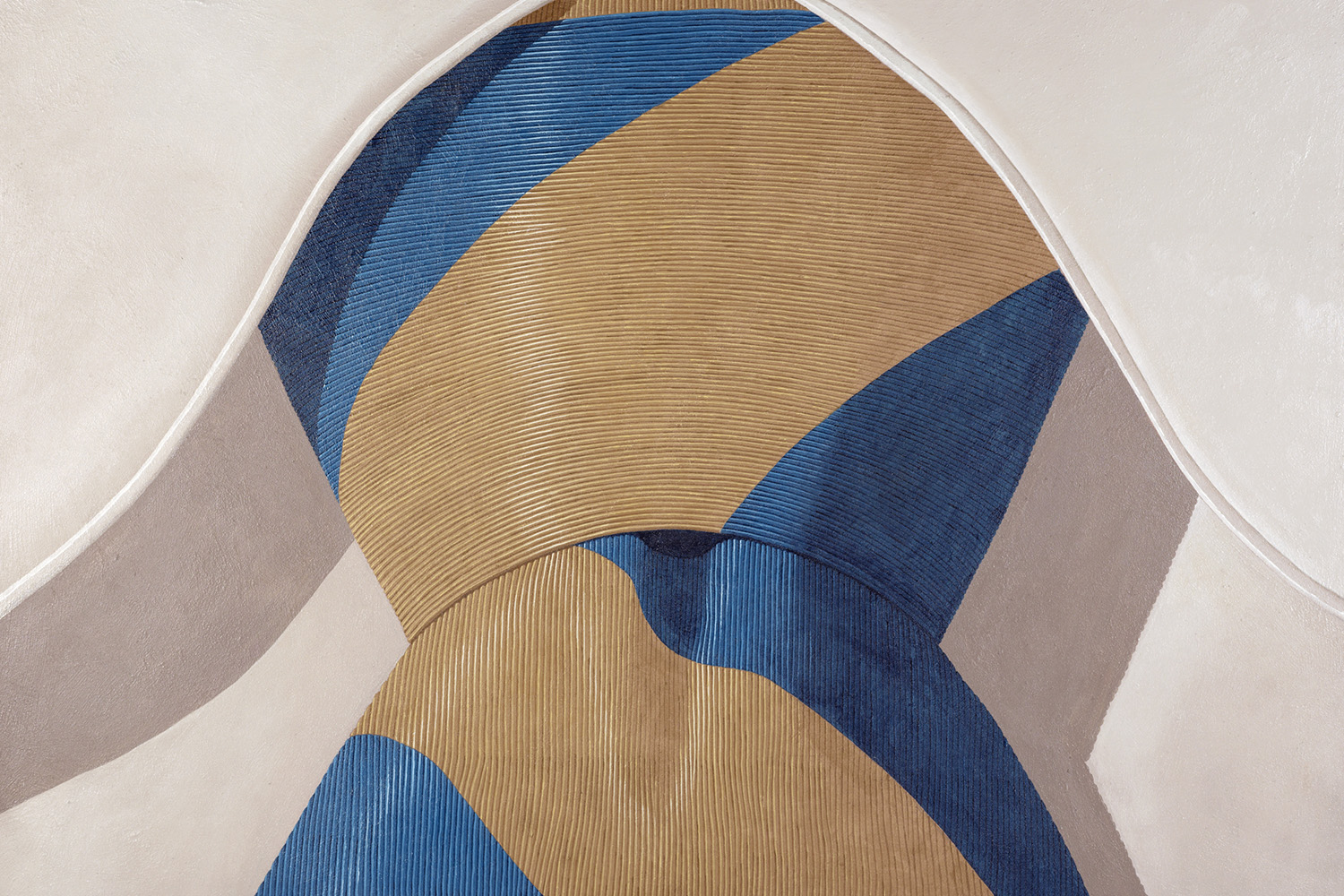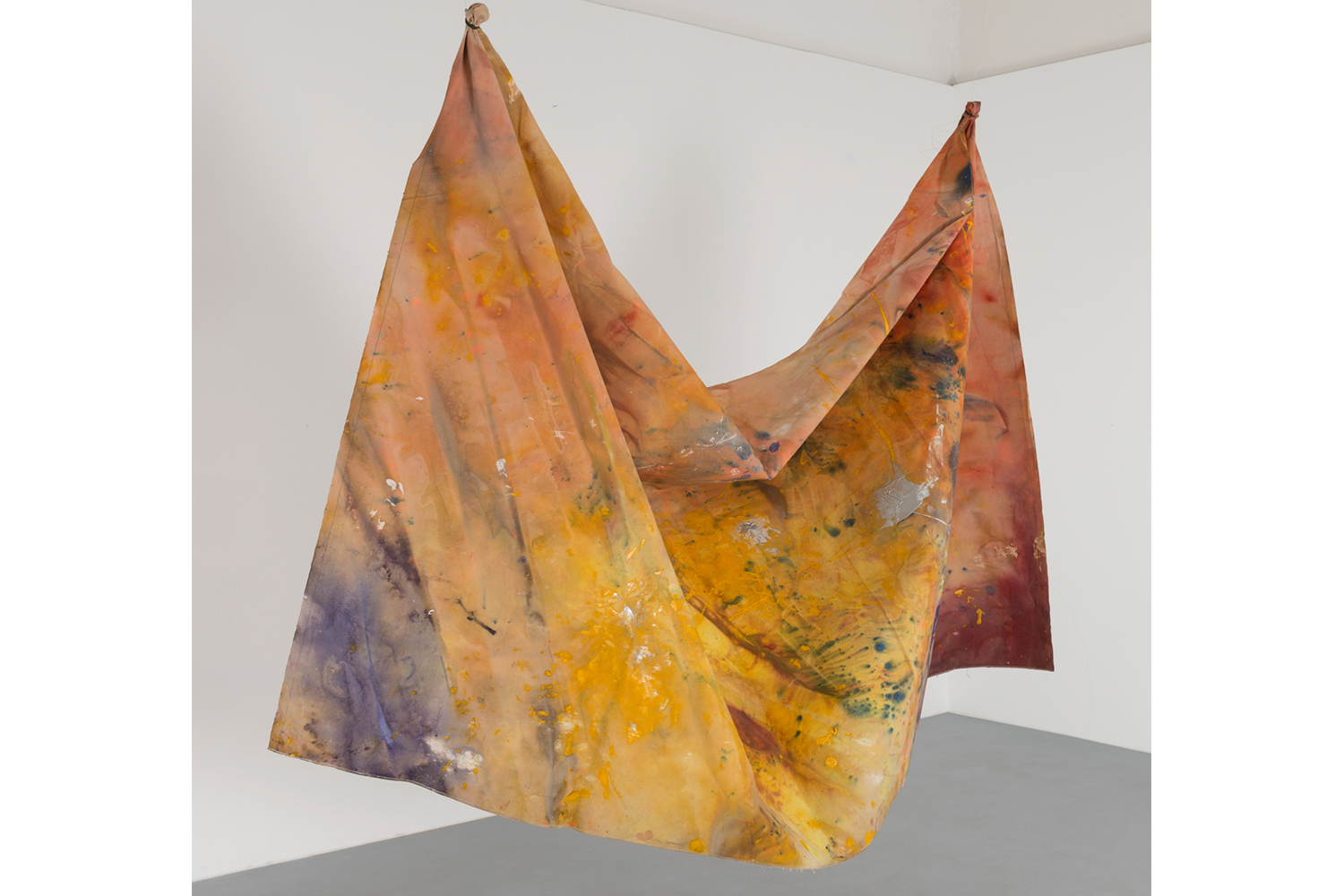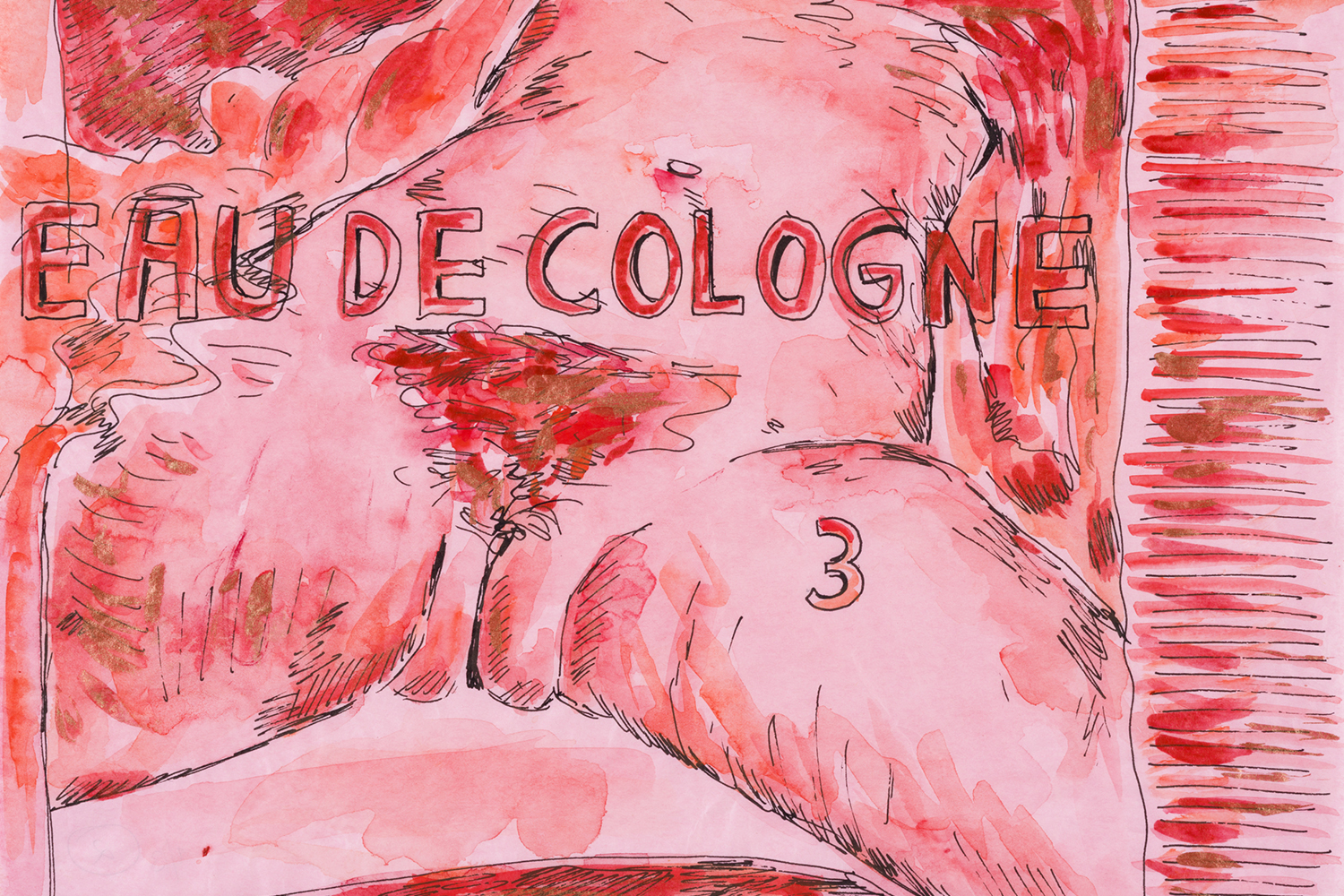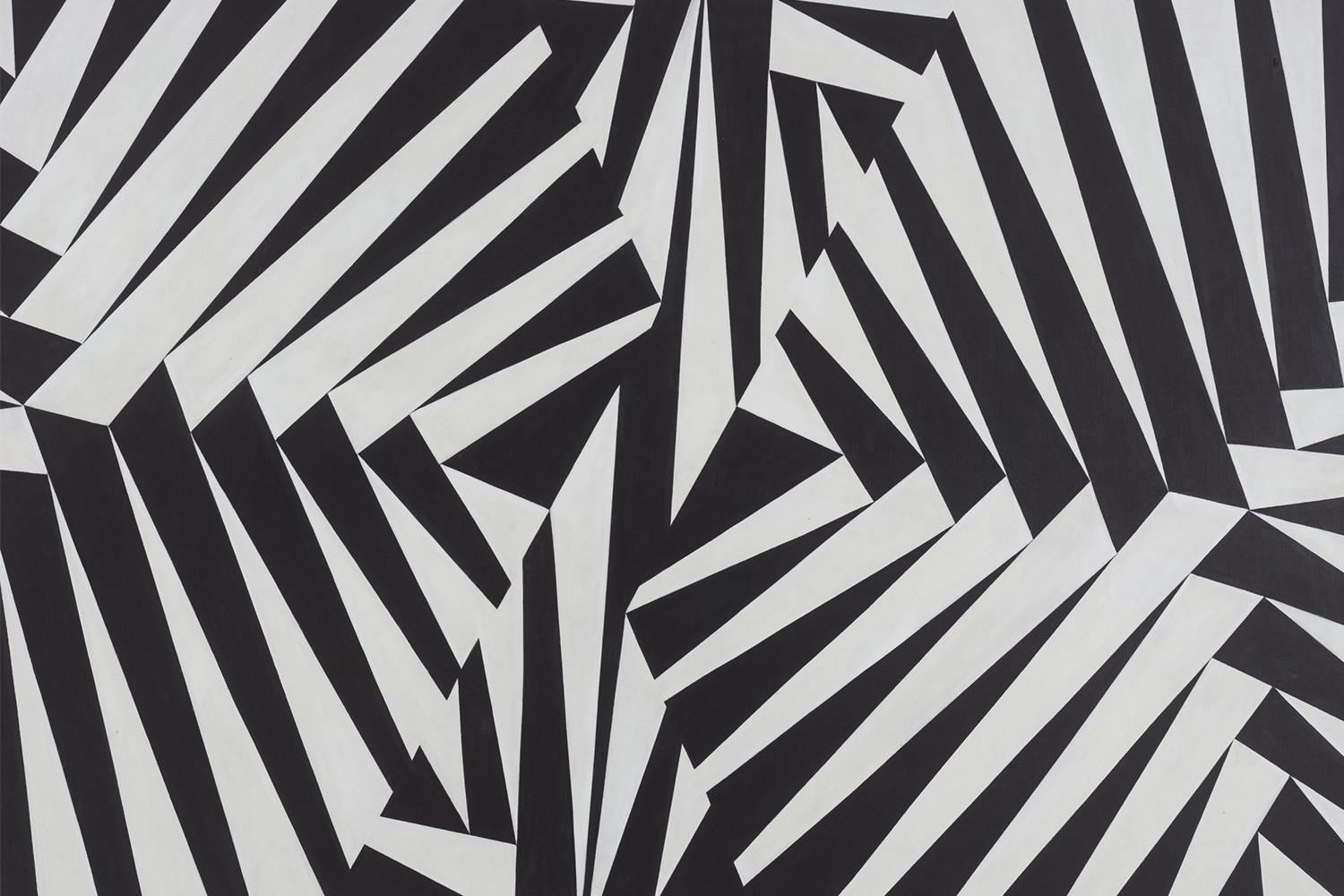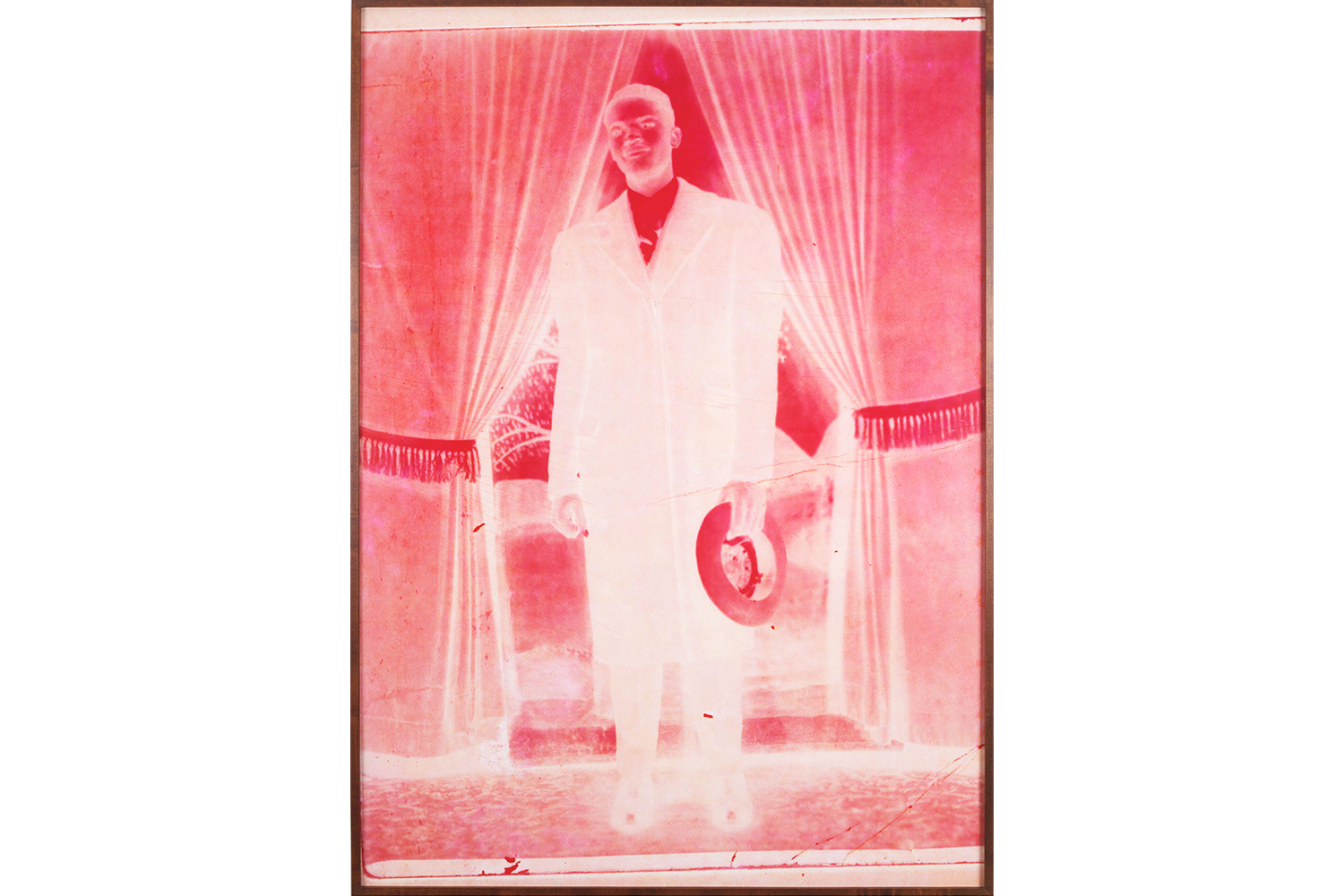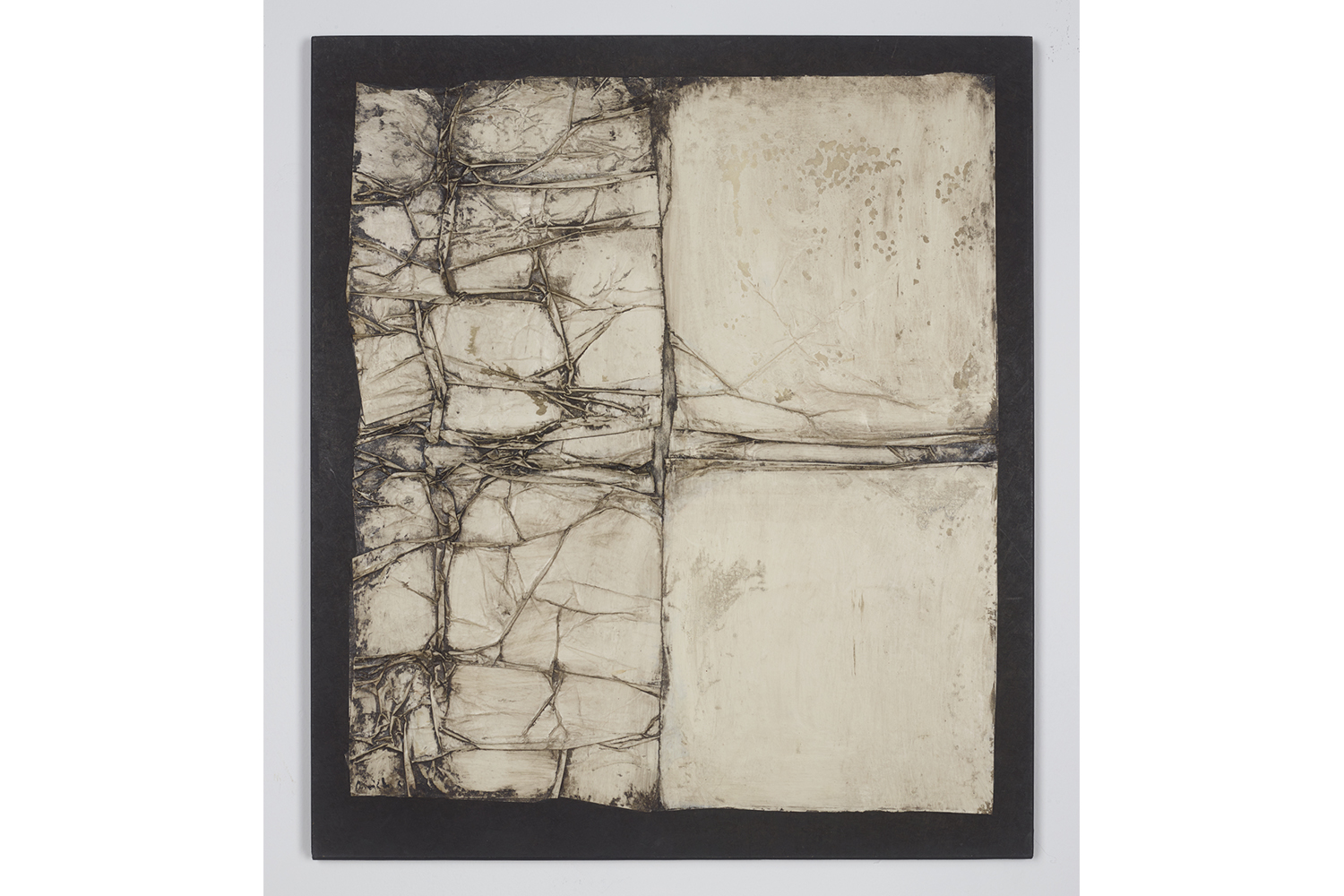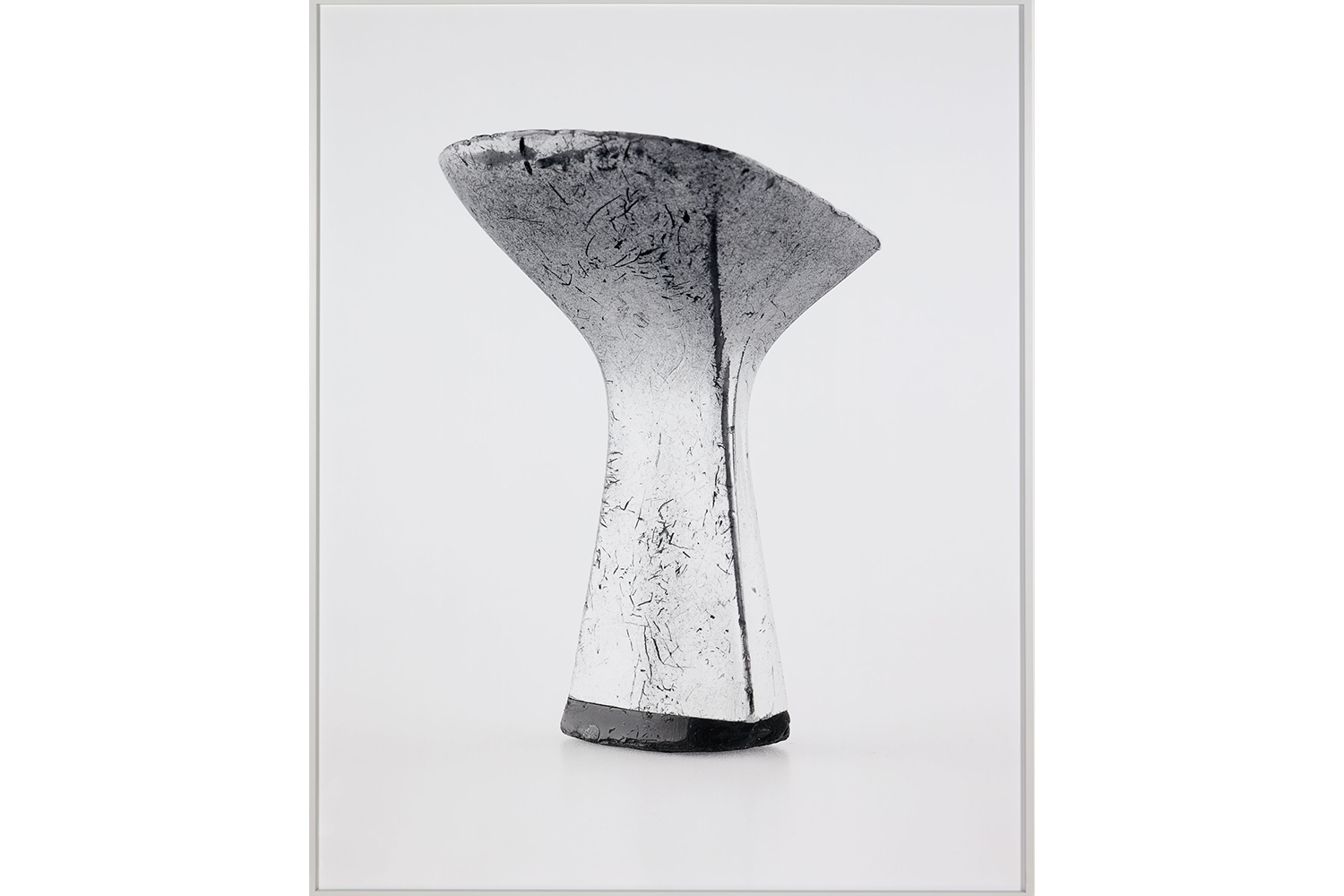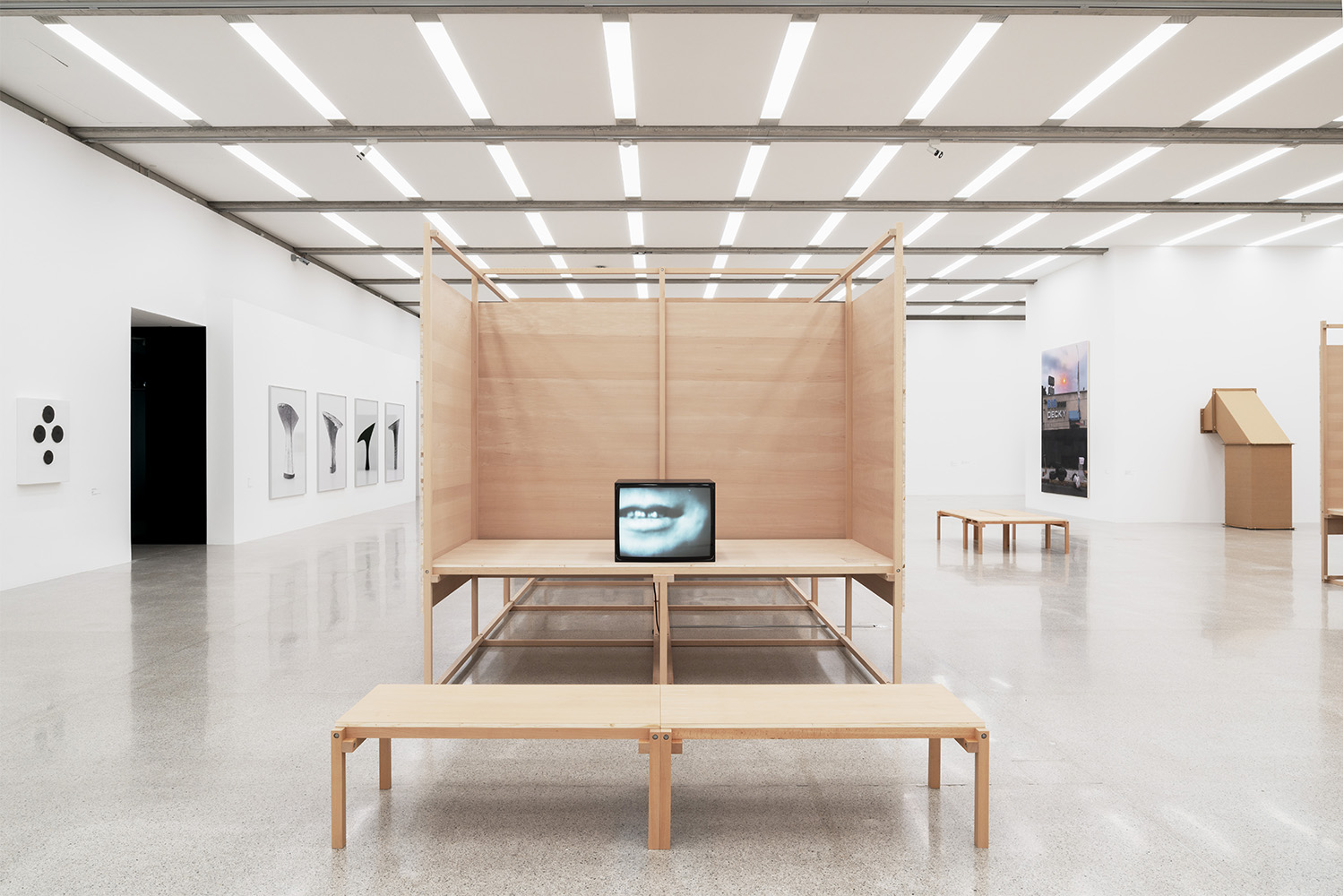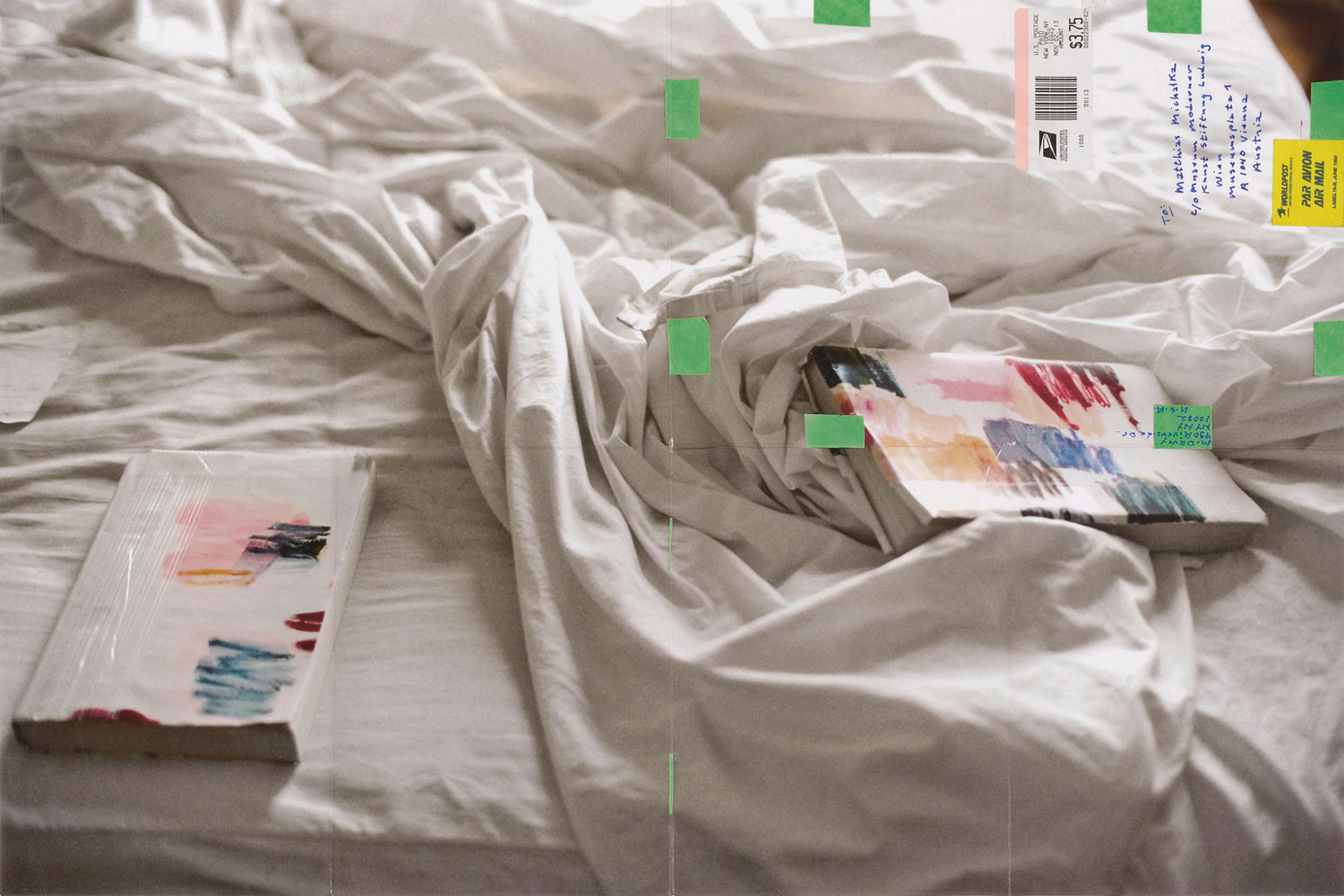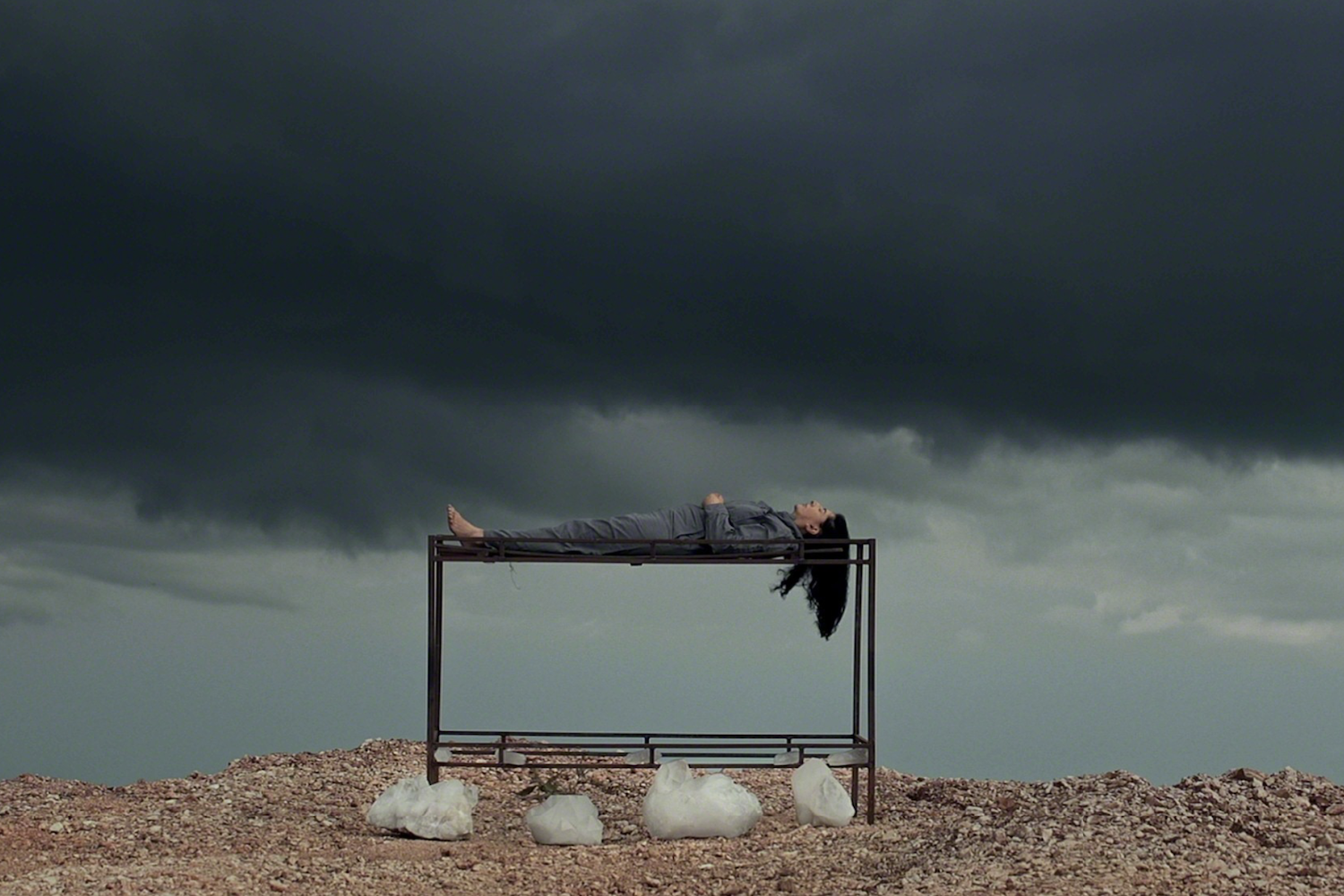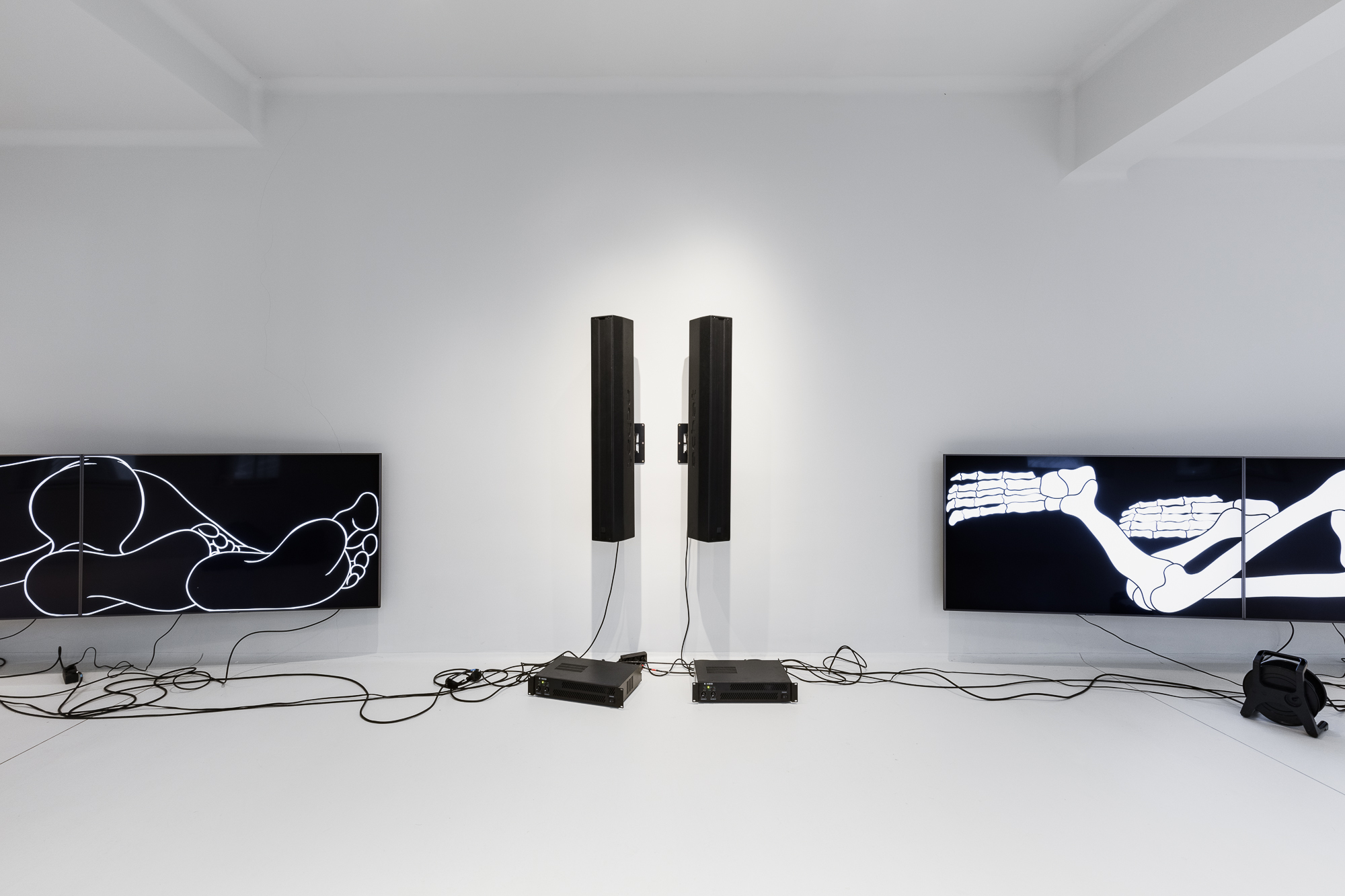Sam Gilliam is seen as an important innovator in postwar painting in the USA. He was greatly influenced by the Washington Color School and in 1972 he participated in the group exhibition curated by Walter Hopps for the US pavilion at the Venice Biennale. He was the first Black artist to represent the USA there. He identified the key to his artistic practice in “a sense of the importance of process, of change, of the importance of difference itself, a freedom to take command and work from one’s own ideas.” The title of his work Change (1970), which is in the mumok collection, refers to the fact that Gilliam’s “drape paintings,” of which this work is an example, are hung without frames from the ceiling and can look very different depending on the nature of the space where they are shown.
The collection show Changes—the title refers to Gilliam’s work and is intentionally in the plural—focuses on recent acquisitions to the collection, with works by Leidy Churchman, János Fájo, Philipp Fleischmann, Birke Gorm, Jojo Gronostay, Frida Orupabo, and Emily Wardill, and other works from the collection that have not yet been shown at mumok, and confronts these with older holdings which can thus be seen afresh. A number of thematic areas address relevant contexts from today’s perspective: abstractions, textures, environments, and in/visibilities.
For Vienna-based artist Nadim Vardag, questions of presentation are fundamental, both for his own artistic work and his critical exploration of forms of display, which are given form in Vardag’s design of the exhibition architecture for Changes. Here there is an aware and specific approach to the conditions and parameters of the gallery space and how these can allow a work of art, and all the more the interplay of a number of works, to come to the fore in the context of an exhibition.
Finally, mumok’s 60th-anniversary this fall should be mentioned here. The current location of the museum in Vienna’s MuseumsQuartier are already the museum’s third premises—the first location from 1962 was Karl Schwanzer’s Austrian Pavilion (built for the World’s Fair in Brussels in 1958) in the Schweizergarten, and the second, from 1979, was the Baroque Palais Liechtenstein. As photographs by Peter Baum, Candida Höfer, and Barbara Pflaum impressively demonstrate, these striking and historically and aesthetically very different buildings have also influenced the parameters of our exhibitions in their own ways.

